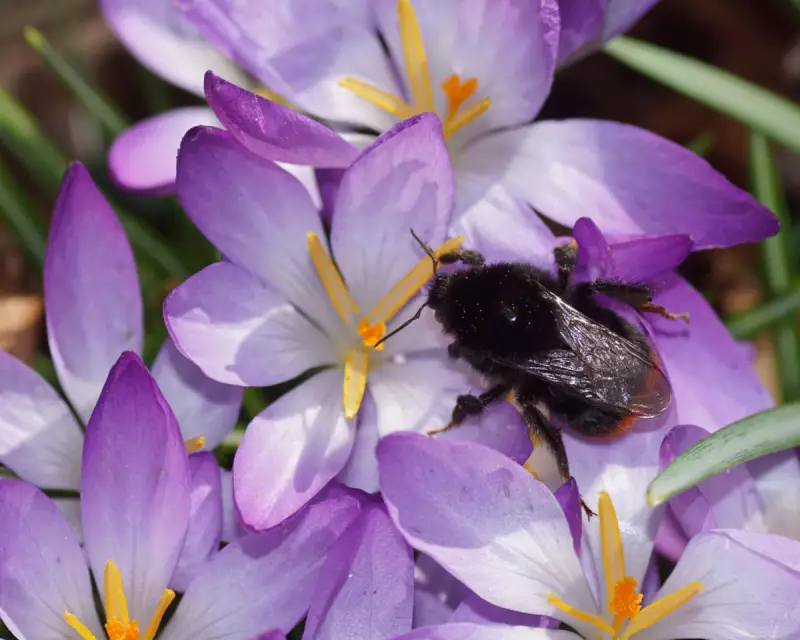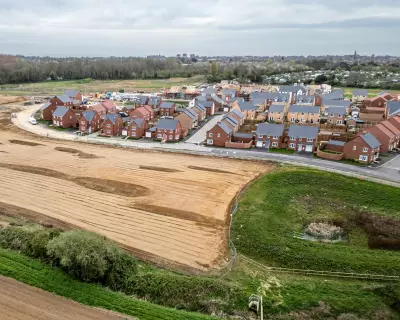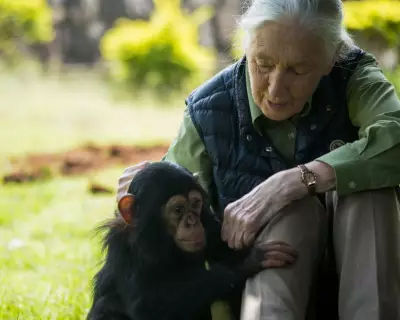
In an unexpected conservation success story, solar farms across the United Kingdom are emerging as crucial refuges for the nation's struggling red-tailed bumblebee populations. New research reveals that these renewable energy sites are providing much-needed sanctuary for pollinators facing habitat loss elsewhere.
A Surprising Sanctuary
The study, conducted by researchers from the University of York, demonstrates that solar farms managed with wildlife-friendly practices are supporting significantly higher numbers of red-tailed bumblebees compared to intensively farmed agricultural land. These sites are becoming accidental nature reserves, offering diverse flowering plants and undisturbed nesting grounds.
Dr. Penelope Whitehorn, who led the research, expressed excitement about the findings: "We're witnessing an incredible synergy between renewable energy production and wildlife conservation. Solar farms, when managed thoughtfully, can become biodiversity hotspots that support our essential pollinators."
The Plight of the Red-Tailed Bumblebee
Red-tailed bumblebees have faced dramatic declines in recent decades, primarily due to:
- Habitat fragmentation and loss
- Reduced availability of flowering plants
- Pesticide exposure in agricultural areas
- Climate change impacts on food sources
These charismatic insects, easily identified by their distinctive red tails, play a vital role in pollinating both wild plants and agricultural crops across the British countryside.
How Solar Farms Are Helping
The research highlights several key factors making solar farms ideal habitats:
- Reduced pesticide use compared to conventional farmland
- Diverse ground cover including clover and wildflowers
- Undisturbed soil providing nesting sites
- Sheltered microclimates created by solar panel structures
A Blueprint for Future Development
This discovery comes at a critical time, as the UK government plans significant expansion of solar energy capacity. The research provides a clear roadmap for how future solar developments can be designed with biodiversity in mind from the outset.
Environmental groups are now calling for mandatory biodiversity standards for all new solar farm developments, ensuring that renewable energy projects deliver dual benefits for both climate and nature.
The success of these solar farm habitats demonstrates that with careful planning and management, human infrastructure and wildlife conservation can work hand-in-hand, offering hope for other struggling pollinator species across the United Kingdom.





